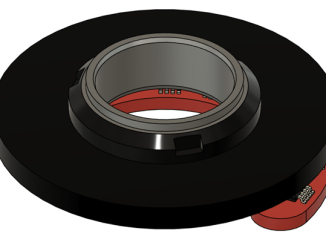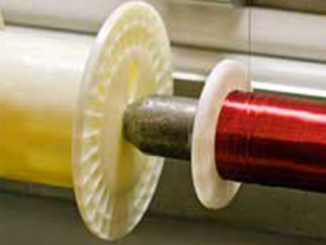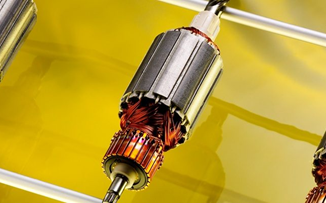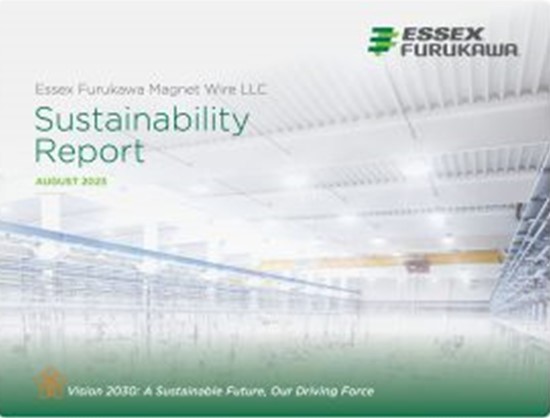
Essex Furukawa Magnet Wire has issued its second annual Sustainability Report in association with the company’s Vision 2030: A Sustainable Future, Our Driving Force. The 29-page document highlights the company’s increased reliance on renewable energy as well as carbon reduction achievements. It showcases progress toward being zero-waste-to-landfill across a global manufacturing footprint, and introduces future initiatives relating to Scope 3 emissions, supply chain data, as well as environmental, social and corporate governance (ESG) projects.
Austin Robinson, global corporate sustainability manager, believes that the findings were very encouraging. Robinson and her team compiled the data with the assistance of business leaders across the company as well as third-party verification partners. “What we were able to accomplish only happens with significant buy-in,” she said. “There were consequential changes put into place across the company and best practices continue to be shared and implemented. We also witnessed a noticeable increase in our social sustainability as more employees are becoming aware of the role that we all play in the future of our environment and local communities.”
The holistic sustainability program was created with three core values—disruptive innovation, green production and agile digitization—each designed to be pillars on which the company can drive change and innovate the magnet wire industry while being mindful of the impact on the environment.
The report shares results from the last year and indicates how each impact Essex Furukawa and its progress towards its Vision 2030 program. It is centered around goals for zero-waste-to-landfill, energy reduction, renewable energy and carbon reduction as it relates to green production. The report also includes how Essex Furukawa is prioritizing agile digitization goals while partnering with its customers and their R&D leaders to advance disruptive innovation in the magnet wire industry.
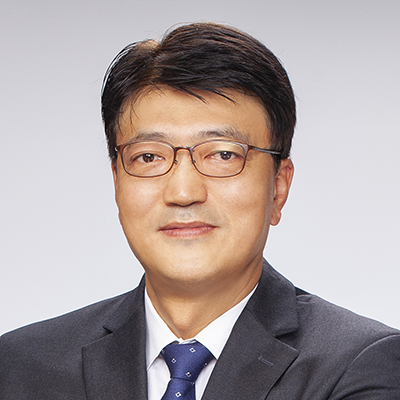
Daniel Choi, CEO of Essex Furukawa, said that being a leader in ESG requires the type of transparency offered in the report. “The ESG space is constantly evolving, and we have a responsibility to our stakeholders to be nimble and accountable,” he said. “From most all perspectives and metrics, we have been successful in doing that. We want to lead by example. We want to be setting the standard and not only following it.”
Details in the report include highlights of the company’s progress toward achieving Zero Waste to Landfill (ZWTL) status at its magnet wire plants around the globe. European plants in Serbia and Germany all achieved 100% status during the latest evaluation cycle. Zrenjanin (Serbia) retained its 100% diversion rate for the second year. Bad Arolsen (Germany) improved to 100% diversion rate as well. It discovered an issue with its downstream waste management, implemented change, and improved by nearly two full percentage points. Bramsche also retained its Zero Waste to Landfill designation at 99%.
The plants in the Asia Pacific region have had two locations retain the ZWTL status. Kameyama (Japan) as well as Suzhou (China) both achieved the distinction. Kameyama remained at its 100% level while Suzhou increased diversion through perishable waste initiatives and improved from 99% to 100% diversion. Malaysian plants in Penang and Kuala Lumpur are both continuing to work toward achieving ZWTL. Penang was assessed at 92% diversion while Kuala Lumpur was at 95%.
Here’s the ZWTL scorecard for its magnet wire plants worldwide: Franklin, Indiana -100%; Fort Wayne, Indiana – 99%; Simcoe, Indiana – 99%; Toreon, Mexico – 99%; Franklin, Tennessee – 85%; Zrenjanin, Serbia – 100%; Bad Arolsen, Germany – 100%; Bramsche, Germany – 99%; Kameyama, Japan – 100%; Suzhou, China – 100%; Kuala Lampur -95%; Penang, Malaysia – 92%.
The Atlanta-based company is a global joint venture formed in 2020 between Essex Magnet Wire and Furukawa Electric Co., Ltd., both leaders in magnet wire product development. For more info, see www.essexfurukawa.com.

